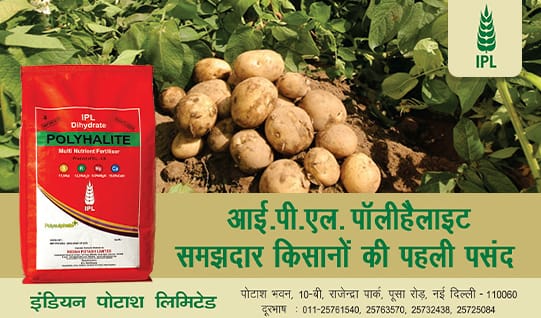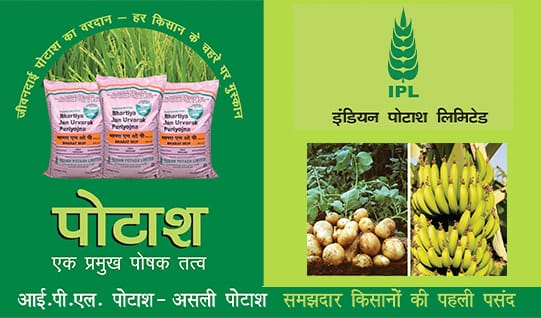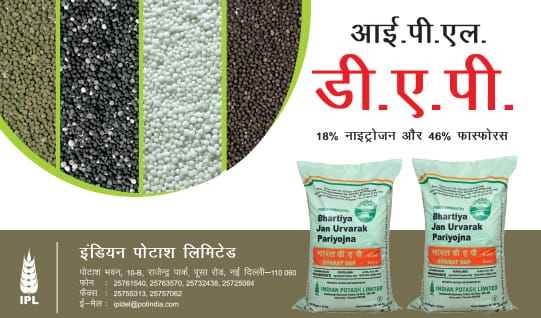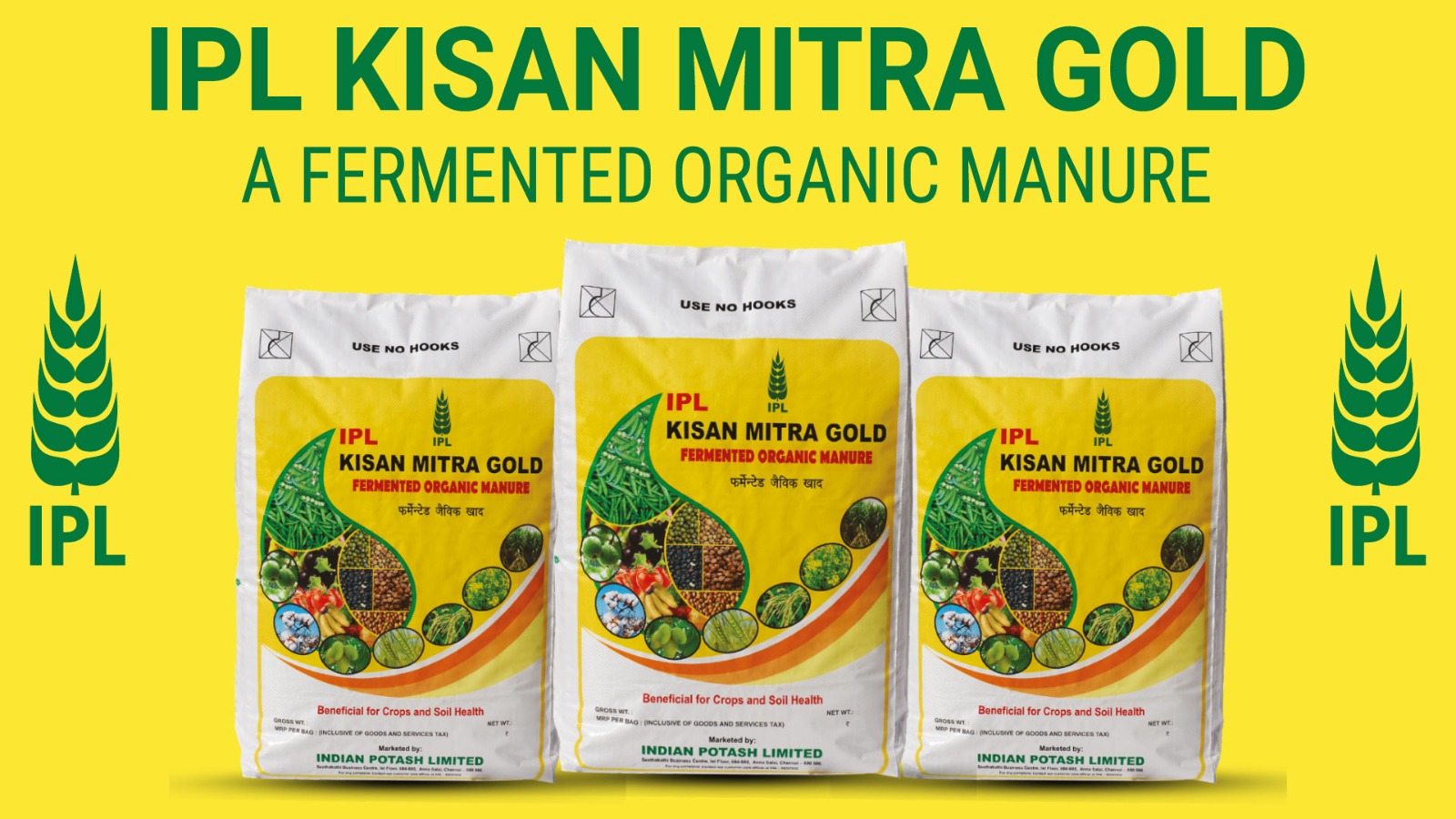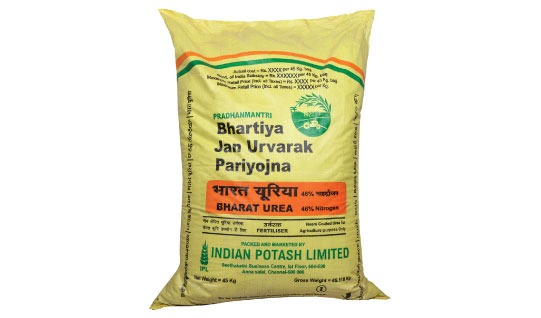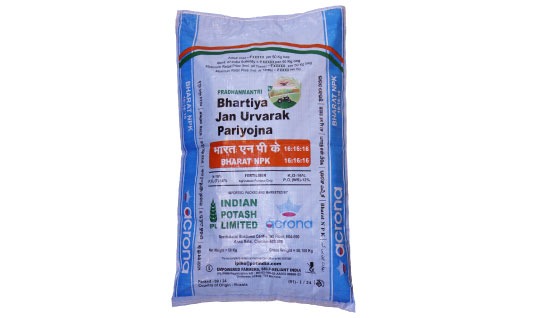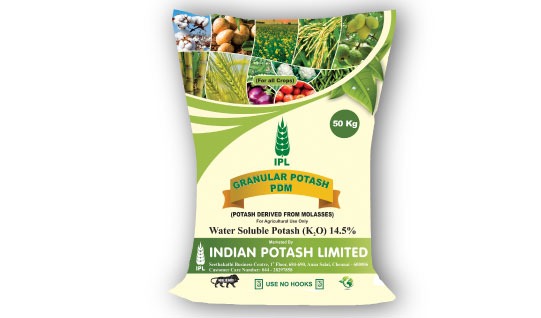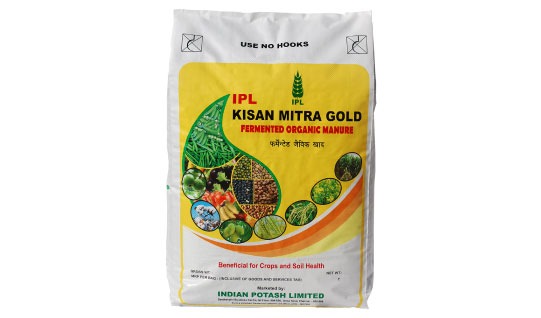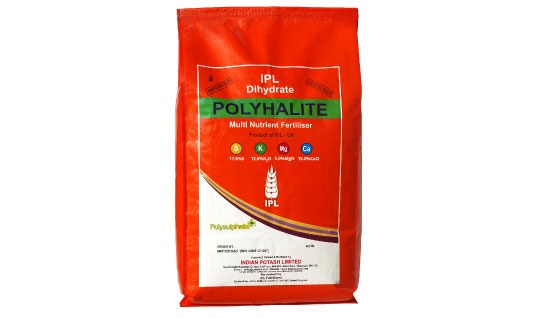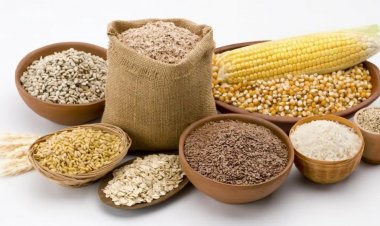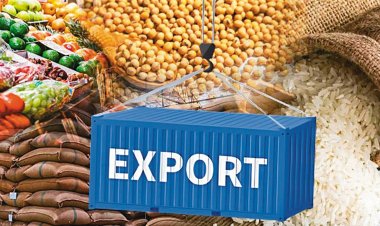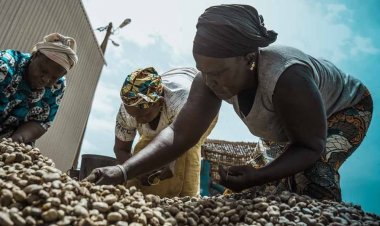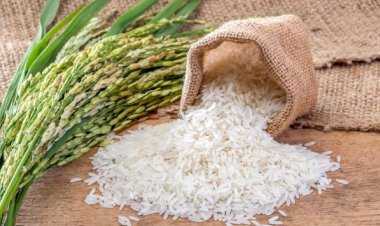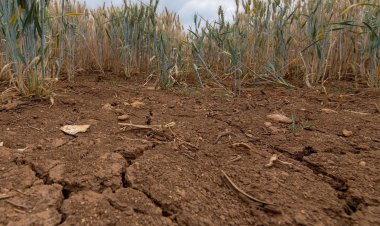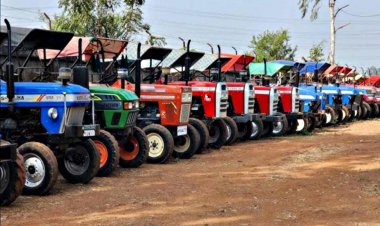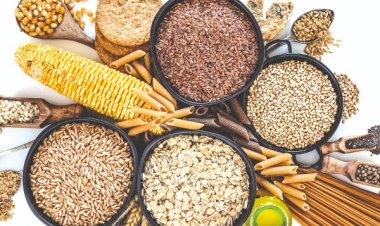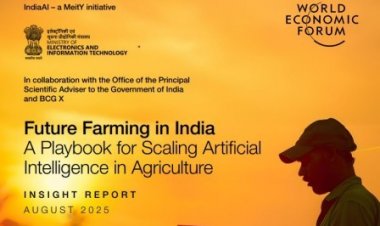Early forecast predicts modest increase in 2025 global wheat and rice production
Global cereal production for 2024 has been modestly revised upward this month to 2,842 million tonnes, narrowing the gap to 2023 output, which still exceeds the 2024 level by over 14.4 million tonnes.
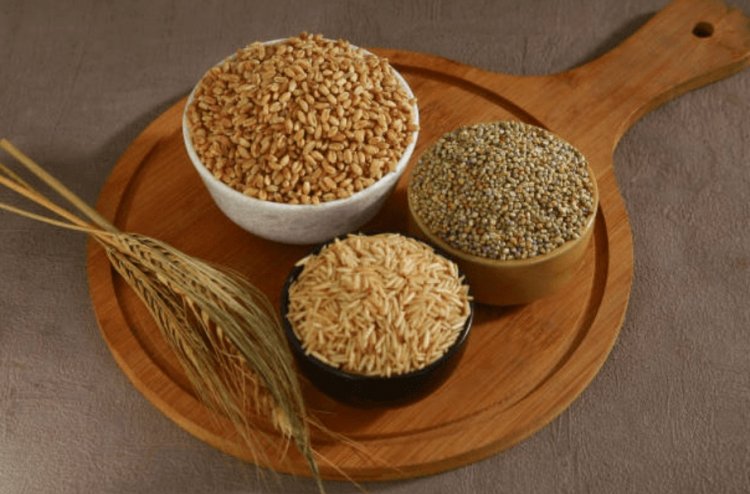
Global wheat production in 2025 is estimated to remain at 796 million tonnes, a modest increase of nearly 1 percent from the previous year. This forecast by the Food and Agriculture Organisation (FAO) of the United Nations is underpinned by anticipated production gains in the European Union, particularly in France and Germany, where soft wheat sowings are expected to increase. However, challenges such as dry conditions in Eastern Europe and excessive rainfall in Western regions could affect yield improvements. In the United States of America, wheat acreage is expected to expand, although yields may decline slightly due to drought conditions impacting winter crops.
Rice production is forecast to hit a record high of 543 million tonnes (in milled equivalent) in 2024/25, driven by positive crop prospects in India and favourable growing conditions in Cambodia and Myanmar. Since February, FAO has upgraded its forecast of world rice production in 2024/25 by 3.6 million tonnes.
Global cereal production for 2024 has been modestly revised upward this month to 2,842 million tonnes, narrowing the gap to 2023 output, which still exceeds the 2024 level by over 14.4 million tonnes. The adjustments to the 2024 output relate mainly to wheat, mostly reflecting recent official data pointing to a larger harvest in the Islamic Republic of Iran, and for rice.
Global cereal utilization for the 2024/25 marketing year is forecast at 2,867 million tonnes, a 1.0 percent increase from the previous year, driven by an expected record rice consumption. Wheat utilization is anticipated to remain stable, as a slight decrease in food consumption is balanced by an increase in industrial use, particularly in China.
FAO predicts a 1.9 percent decline in global cereal stocks, with ending stocks for 2025 forecast at 869.3 million tonnes, with higher stocks in the Russian Federation and Ukraine expected to be offset by reductions elsewhere. The global stocks-to-use ratio is expected to fall to 29.9 percent, still indicating a comfortable supply. Additionally, FAO has revised its forecast for global cereal trade to 484.2 million tonnes, down 5.6 percent from the previous season due to changing export dynamics.
2025 Crop outlook varies across regions
FAO has also released a new edition of its Crop Prospects and Food Situation report. Looking ahead to 2025, in Africa, prolonged dry weather conditions in North Africa are dampening cereal production prospects, while favourable rainfall in Southern Africa is expected to support a rebound in crop yields following significant declines in 2024.
In Asia, the outlook is mixed. Far East Asia is expected to see continued growth in wheat production for 2025, driven by large plantings and favourable weather conditions. By contrast, Near East Asia is grappling with low rainfall since late 2024, which has affected yield potentials and could lead to wheat harvests falling below the five-year averages.
Meanwhile, in Latin America and the Caribbean, mixed weather conditions are impacting maize production in South America, with the risk of stunt disease outbreaks posing an additional threat in Argentina. Despite these challenges, aggregate production is still anticipated to remain above average levels, largely due to good output prospects in Brazil. In Central America and the Caribbean, ongoing dry conditions have reduced cereal plantings in Mexico, while favourable weather in other parts is expected to boost yields.
The report also highlights that 45 countries, including 33 in Africa, nice in Asia, two in Latin America and the Caribbean, and one in Europe, are currently in need of external assistance for food. According to the report, persisting conflicts and civil insecurity remain the primary drivers of severe hunger, with populations in the Gaza Strip (Palestine) and the Sudan facing IPC Phase 5 levels of acute food insecurity.



 Join the RuralVoice whatsapp group
Join the RuralVoice whatsapp group
